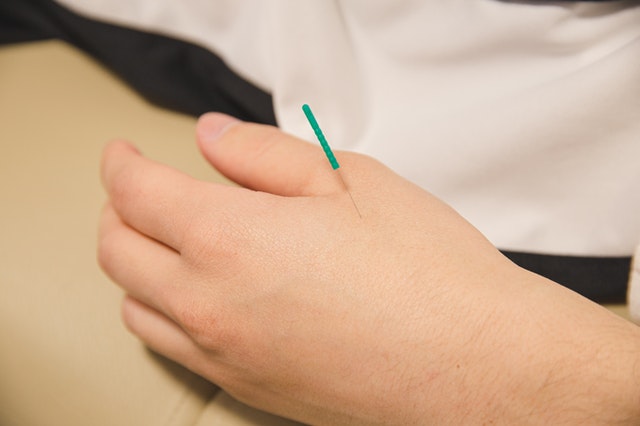
Acupuncture requires the insertion of very fine and thin needles at strategic points on the body, commonly called acupoints. The main purpose of acupuncture in traditional Chinese medicine is to treat pain, but it evolved over time and is now being used for overall wellness, including stress management.
This alternative treatment is now widely used in the west and is known to balance the flow of energy or life force (qi) in our body. The insertion points in our body are called meridians, and inserting needles into these points by licensed practitioners is believed to rebalance the flow of this energy.
However, western practitioners view acupuncture points as places or locations to stimulate muscles, nerves, and connective tissues. Therefore, stimulating these points will boost our body’s natural painkillers alleviating pain in the process.
Needle types and differences
There are different types and ranges of needles for every application. Each type of needle will also come with different handles, so there are needles used for auricular acupuncture, facial acupuncture, and hand acupuncture.
Needles are measured by diameters between 0.12 and 0.35mm, and the lengths will usually be between 7 to 100mm. Most needles are coated with silicone, which ensures a gentler puncture and improved slidability. The coating will meet all medical requirements, and acupuncture needles are sterile-packaged in multiple or individual blister packs; each will have at least 5 needles or up to a maximum of 10 needles.
A typical acupuncture treatment will use between five to twenty needles depending on the number of acupoints your practitioner will tap into.
Risks
The risks of injury in acupuncture are relatively low as long as you have a competent, experienced, and certified practitioner using sterile needles. However, some of the most common side effects will include minor bleeding, soreness, or bruising where the needles are inserted.
All acupuncture needles are considered single-use, and it is now the standard practice of all acupuncturists. This means the risk of infection is very minimal, but chances of bruising or bleeding may increase if you have a history of a bleeding disorder or you’re taking blood thinners.
Also, patients who use a pacemaker may not be suitable to undergo an acupuncture treatment that involves mild electrical pulses to the needles since this will interfere with their pacemaker’s operation.
In addition, some types of acupuncture treatment must not be used on pregnant women because this can stimulate labour, which could often lead to premature delivery. Therefore, proper preparation is required to ensure the welfare and safety of the patient.
How to prepare for an acupuncture treatment
If you’re considering acupuncture, you must choose the right practitioner who is experienced and qualified like Belinda Tran to administer this type of treatment. That is why it is essential to ask people you trust or even your doctor for recommendations. It’s also important to check the practitioner’s credentials and training.
When interviewing a practitioner, find out if the treatment will help your condition and its cost. You also need to know whether your insurance covers these types of alternative treatments.
